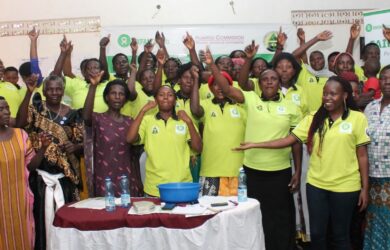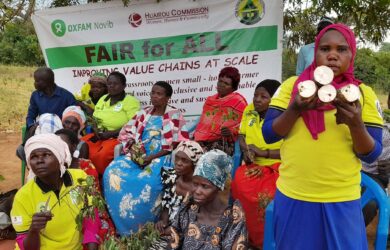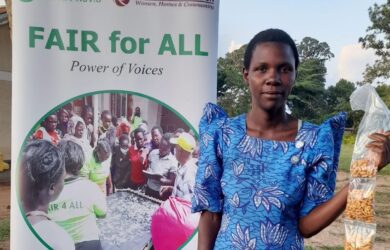Slum Women’s Iniative For Development
"An empowered community with a home for every woman"
"An empowered community with a home for every woman"

About SWID OUR NICHE IS WOMEN, SECURITY OF LAND TENURE, SHELTER SWID’S HISTORY Slum Women’s Initiative for Development (SWID) is a Non-Governmental Organization that was established in 2003 and operates in 11 Districts of busoga subregion . SWID was formed at the time the Masese-Walukuba community was in the event of selling off the houses…
SWID works on a vision to see an empowered community and a home for every woman
See what we are doing to impact our local community and the communities around us



Join the grassroots movement to have an empowered community, whose lives have been improved, hope restored with a home for every woman.
Give a helping hand, visit our head office in Walukuba, Jinja and make an impact.